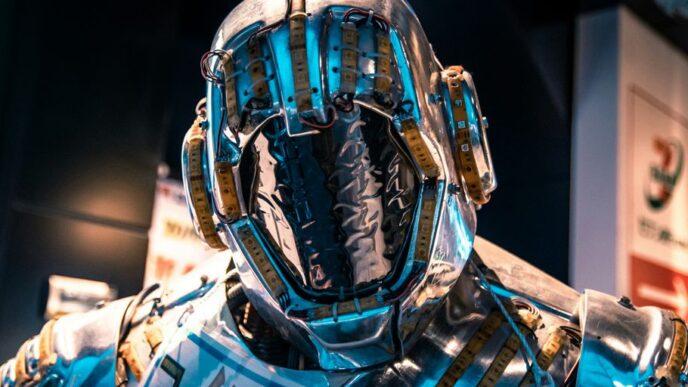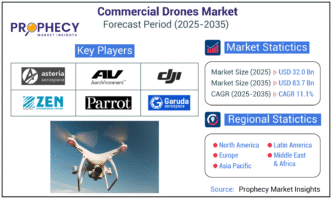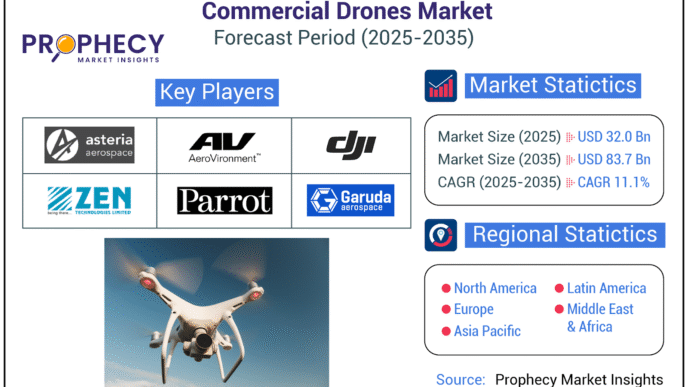Of late, smart vehicles which are self driving have gained more momentum. At the same time, detection systems have also improved tremendously and are becoming more and more reliable. All this is to our benefit as humans because it is we who occasionally have to cross a street here and there. Indeed, any pedestrian would like improved pedestrian detection.
While the idea of a detection system was pioneered by phys.org, it has been picked up by engineers from the University of California (UoC), San Diego who are already working on CompAct detection system for motor vehicles. This system specifically detects pedestrians. Based on a complicated but pretty accurate algorithm, the CompAct detectors are capable of filming and analyzing about two to four frames per second enabling them to detect people in real time.
 First introduced by Volvo in 2010, pedestrian detection is by no means new in cars. With the help of front facing cameras and radar, Volvo’s 2010 system was capable of recognizing people and vehicles as separate objects. In addition, Volvo has also worked on technology for detecting animals and cyclists.
First introduced by Volvo in 2010, pedestrian detection is by no means new in cars. With the help of front facing cameras and radar, Volvo’s 2010 system was capable of recognizing people and vehicles as separate objects. In addition, Volvo has also worked on technology for detecting animals and cyclists.
The Mercedes Benz E-Class, 2017 is one of the newest vehicle models and it is fitted with a detection and response system capable of detecting pedestrians and calculating what needs to be done with the vehicle’s steering and brakes in order to avoid them. Nonetheless, detection still has room for improvements considering that non-detections and false detections can lead to some dangerous situations that need to be avoided.
By using a combination of a normal cascading detection and a comparatively complex algorithm, CompAct is able to improve on the standard detection. How does a cascading detection work? The answer is that it works by recognizing sections of the video feed that can’t be pedestrians for example the sky and the road and then ruling them out. It then proceeds to more detailed and smaller sections of the image and by so doing it is able to find people.
CompAct detectors have capability of using complex pattern recognition in parts of the video taken in with help of “deep learning” models. Deep learning models are only used in sections of the video because using them on the entire image would require a lot of computation time making the system ineffective for use in smart and self-driving cars.
Considering that software technology keeps on improving, it can be safely predicted that future pedestrian detection will depend entirely on deep learning models with the ability to recognise what is ahead of a vehicle even before the driver can do so.











